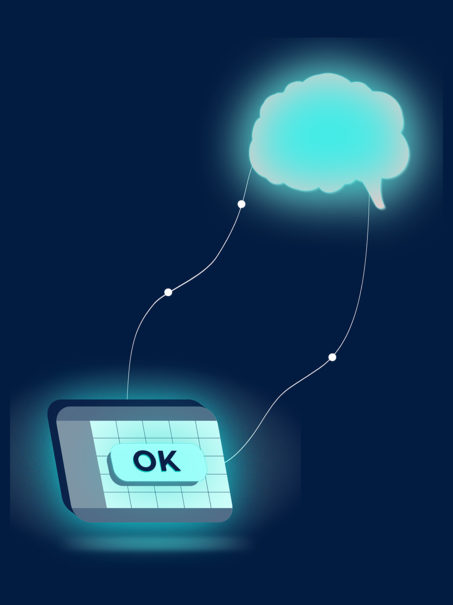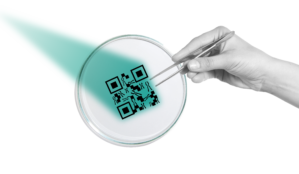Investigations with Trust
Developing biometric technology can help solve crimes faster and lead to increased trust in the police forces. However, to rely on the technology, we must find a balance between catching dangerous criminals and maintaining society’s rights for privacy, fair trials, liberty and security.
Discover how experts and professionals approach finding this balance in the fourth issue of the Trust Report magazine by Innovatrics.
Former NYPD inspector Joseph Courtesis:
“We create less bias when we use facial recognition algorithms in our work.”
Concerns about biometric recognition algorithms often come down to the issue of tackling racial or gender bias.
Read moreHow to apply colour psychology in the redesign of biometric applications
Biometric applications should not only be technologically advanced, but also as easy to understand and navigate as possible. Delve into how Innovatrics applied colour psychology principles in the ABIS redesign, creating a consistent visual language and simplifying tasks for thousands of users.
Read more
We collect and analyse fingerprints to better understand the needs of law enforcement
Inside the Innovatrics forensic lab, you will find a mix of high-tech fingerprint gadgets and traditional brushes and powders for lifting fingerprints.

TV vs reality: The investigative work crime shows fail to reflect
If you want to become a criminal investigator or wonder what a real crime scene looks like, let this article be your reality check.

From paper to digital: Modernising criminal records with biometrics
Guinea is now dedicated to modernising and digitising its police records. This involves the integration of biometrics into the criminal identification process.






















